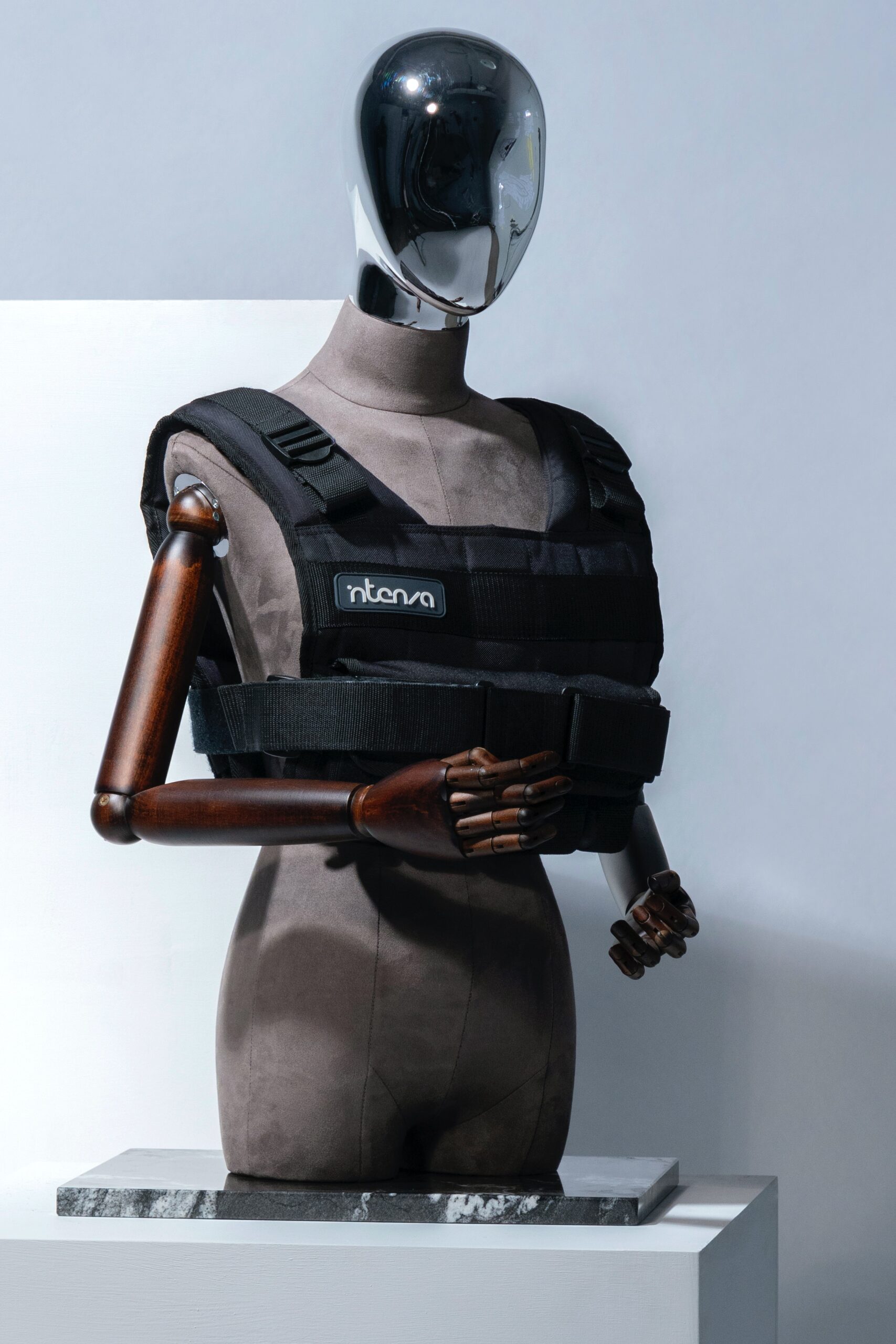This article explores the various kinds of body armor accessible to police officers and explains how to pick the right one.
Proper selection of equipment can mean the difference between life and death for a law enforcement officer in hazardous circumstances. Among the most critical protective gear is a bulletproof vest. This gear is indispensable in safeguarding the lives of officers while performing their duties. This article explores the various kinds of body armor accessible to police officers and explains how to pick the right one.
How body armor works
Bulletproof vests serve to minimize the risk of injury by absorbing the impact of bullets and spreading the force of the impact over a broader surface. They are predominantly fashioned from Kevlar, a synthetic material that is flexible, lightweight, and robust. When a bullet strikes the vest, the fibers within the Kevlar seize the bullet’s energy, inducing deformation and reducing its momentum.
Finding the right body armor
The task of providing police officers with the ideal vest requires careful consideration of various factors, including protection level, comfort, and carrier type.
The level of protection offered by body armor is graded based on its ability to defend against firearms. The two most commonly used levels among police officers are Level II-A and II. Level II-A provides sufficient protection against most handgun rounds, while Level II can withstand higher-caliber ammunition.
Choosing armor that fits the individual flawlessly is paramount. A vest that is too small or too large can leave the officer exposed to injuries. Body armor is typically available in standard sizes or can be custom-made to provide a perfect fit.
Bulletproof vests come in two carrier types — external and internal. External carriers are worn over the officer’s clothing, offering effortless access to the armor. On the other hand, internal carriers are worn beneath the clothing, providing a more discreet look.
Maintaining your body armor
To ensure that bulletproof armor remains effective in safeguarding its wearer, it’s essential to maintain it properly. This includes routine examination, cleaning, and storage.
- Regularly scrutinize the vest for any signs of wear and tear, like rips, punctures, or frayed edges. If any damage is detected, the body armor should be replaced without delay.
- Abide by the manufacturer’s instructions for cleansing the vest. Generally, wiping it with a damp cloth and mild soap should suffice. Avoid using abrasive cleaners or bleach.
- Keep the vest in a cool, dry location that’s free from direct sunlight. Do not store it in a compressed or folded state, as this can damage the fibers and lessen their effectiveness.
In conclusion, the importance of selecting the right bulletproof armor for a police officer cannot be overstated. When making a choice, consider the level of protection, fit, and type of carrier. Adequate maintenance is vital to ensure the vest remains functional and safeguards the officer during duty.


































































































































